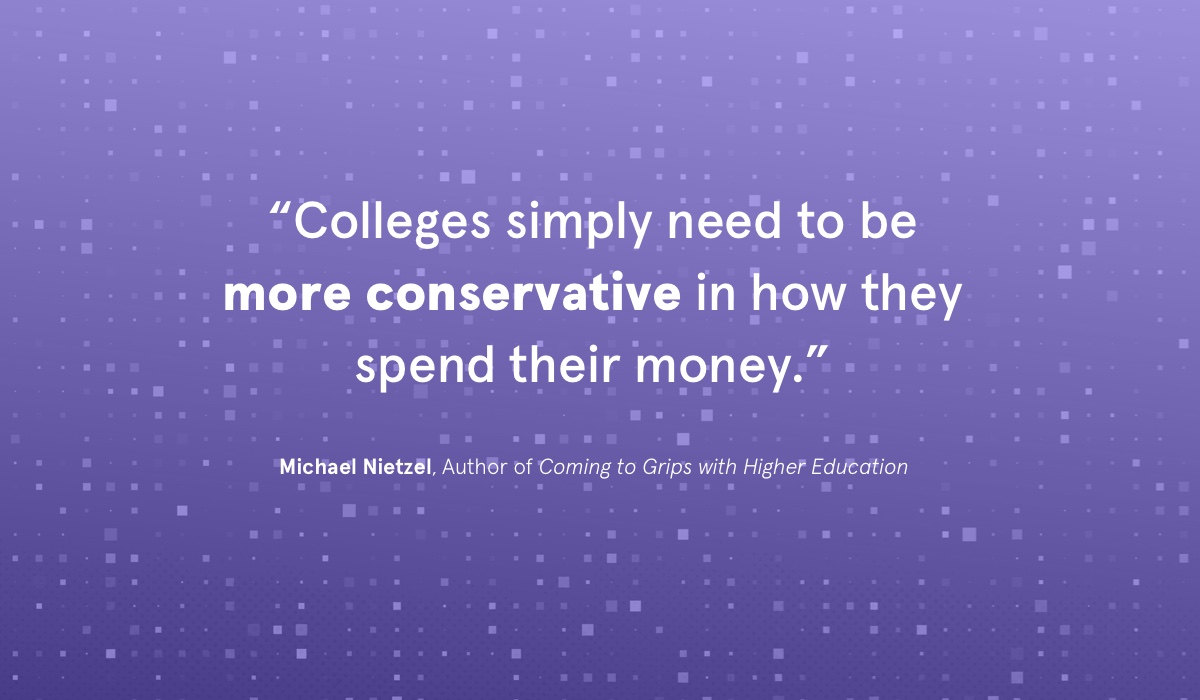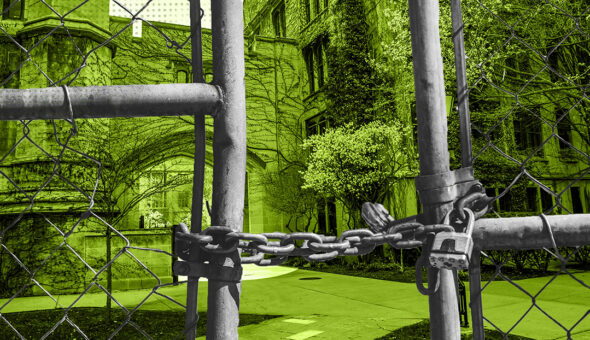Cuts to Faculty, Programs Mean Serious Budget Problems
Between 65% and 70% of most university budgets go directly to paying faculty and staff. But when economic conditions force higher ed to tighten its belt, colleges often tiptoe around cutting those expensive teaching positions, Nietzel said. When schools cut teachers and academic programs, that can signify serious budget issues.
Furloughs normally come first, according to Nietzel, then a reduction in non-faculty staff.
“Maybe then a school will postpone their deferred maintenance or they’ll decide not to fix a roof of a building or an HVAC system,” he explained. “Small nibbles first.”
Nietzel said to avoid laying off employees, too many universities have resorted to trying to “grow their way” out of budget deficits — an issue that has mostly just made the problems worse.
“We’ve seen institutions spend money on capital projects and go into debt to build residence facilities and academic facilities during a time when the institution overall is contracting,” he said. “It has given them almost a false sense of security, and it can be completely counterproductive.”
Finally, if the budget hole is deep enough, universities will seriously address personnel and programs. The first majors on the chopping block usually involve fields with declining numbers of students, Nietzel said. In the case of West Virginia University, that meant majors in humanities, such as philosophy and foreign languages.
Many colleges, when cutting programs, try to merge the core classes of eliminated majors into other programs, Nietzel said. For example, if a university eliminates its French major, that usually doesn’t mean it will stop teaching French altogether.
WVU’s case is extraordinary because the school did take that extra step.
“Their plan was to drop language instruction with the exception of Spanish and Chinese,” he said. “It’s really unprecedented for a flagship university of that size. It’s one of the last places you’d expect to see cuts of that magnitude.”










